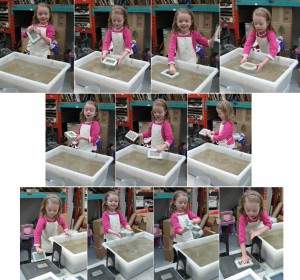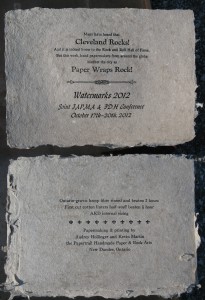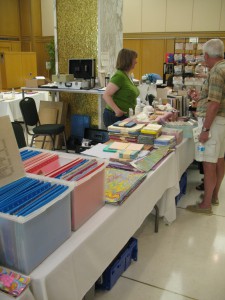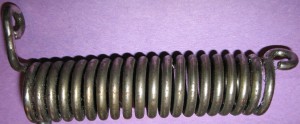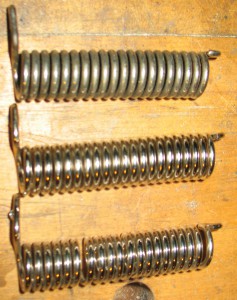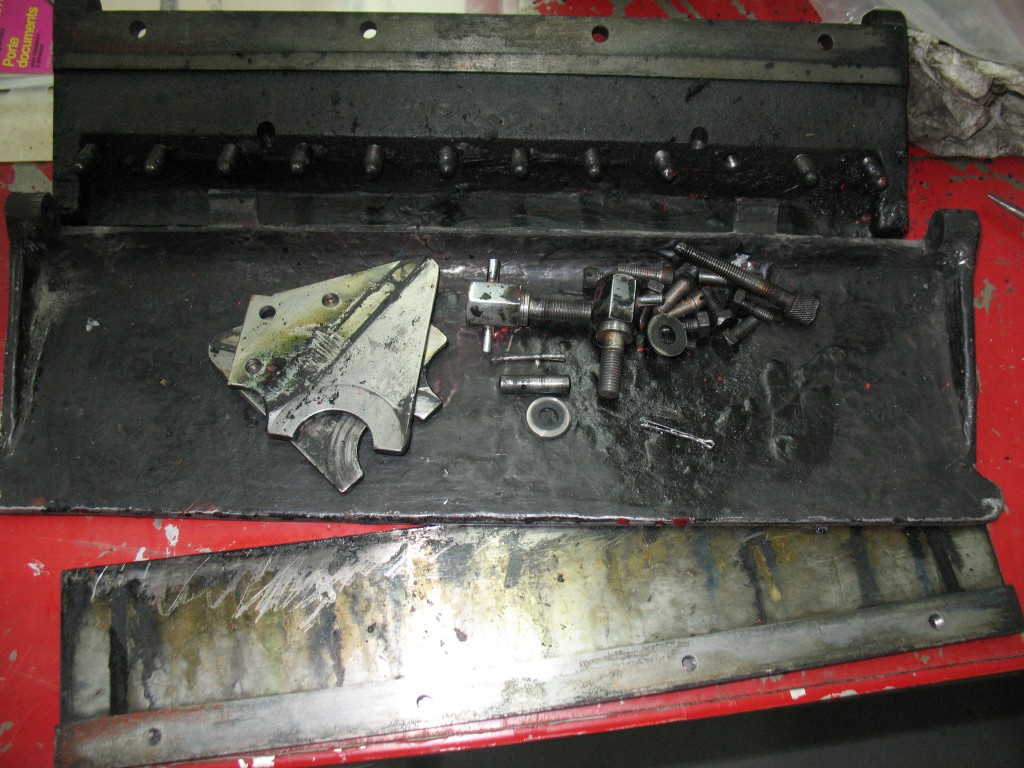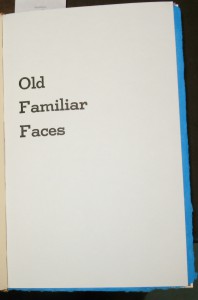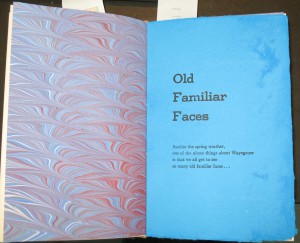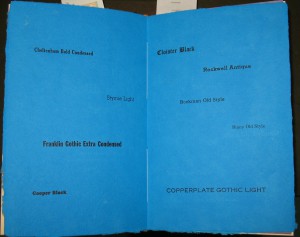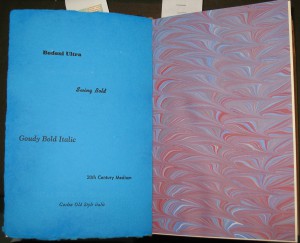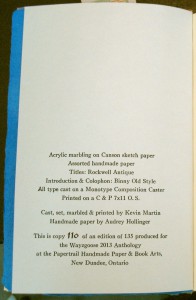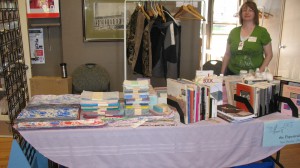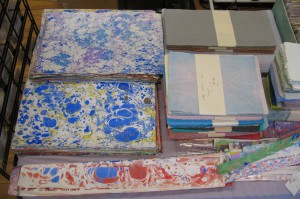This is a slightly belated post, since Wayzgoose was yesterday, but I was missing one piece of electronica and could not retrieve the photos I had.
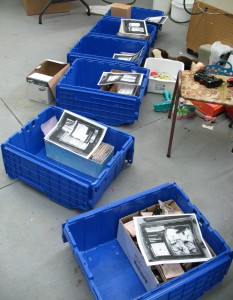
Starting to fill the crates. Each one contains a photo of what should be there.
For most of what we bring, we pack it in flip-top plastic crates. We chose these ones because they are the ideal height to fit the back of the pickup truck under the tonneau cover, and they stack well. The heaviest things we bring are books, and in order to avoid having one hernia-inducing crate we spread these out amongst all the crates, mixing them with other lighter items. To keep things organized, we took photos of a well-packed set of crates, and now use these as guides when packing.
We still have some optimizing to do, particularly regarding the books, as these fall into three categories. There are the used books for sale, new books for sale, and well-thumbed display copies of the new books for sale. The former and latter are placed in display racks on the sale table, while the stock of new books stays in the crate until someone buys one.
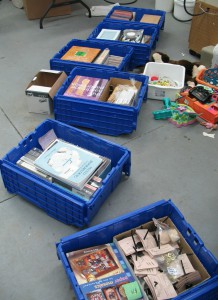
The crates are all filled now, ready to be closed up and put in the truck.
Similarly other goods we bring are only partly on display with the remainder used to replenish the table after a sale. As a result some crates have to stay open and accessible while other empty ones can be stacked to save space. By better arranging the books we would like to minimize the number of crates that have to stay open.
In addition to all these crates, we also have several boxes of paper and a couple other odd items, including a free-standing gridwall display stand.
Since we have another show next weekend, on our return home we will only be unpacking these enough to replenish what was sold.

